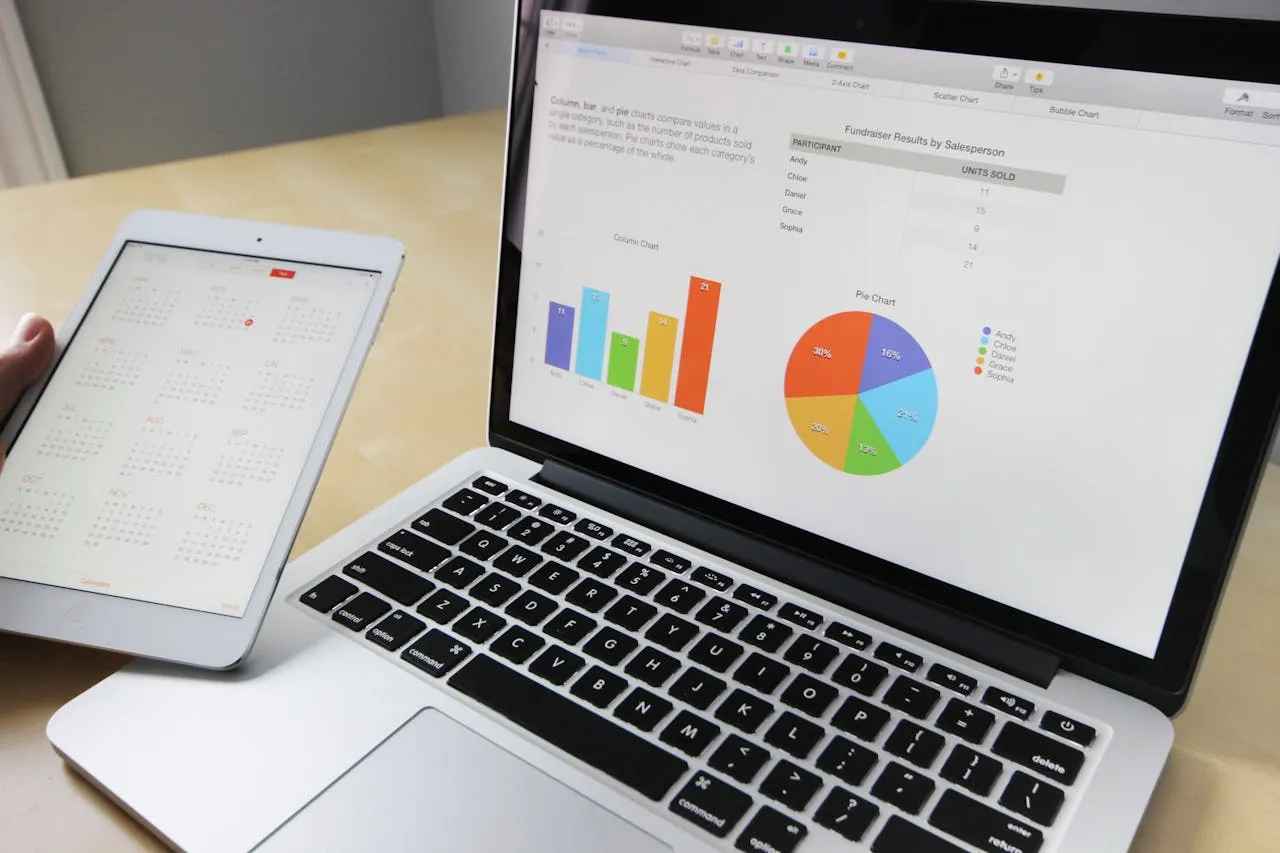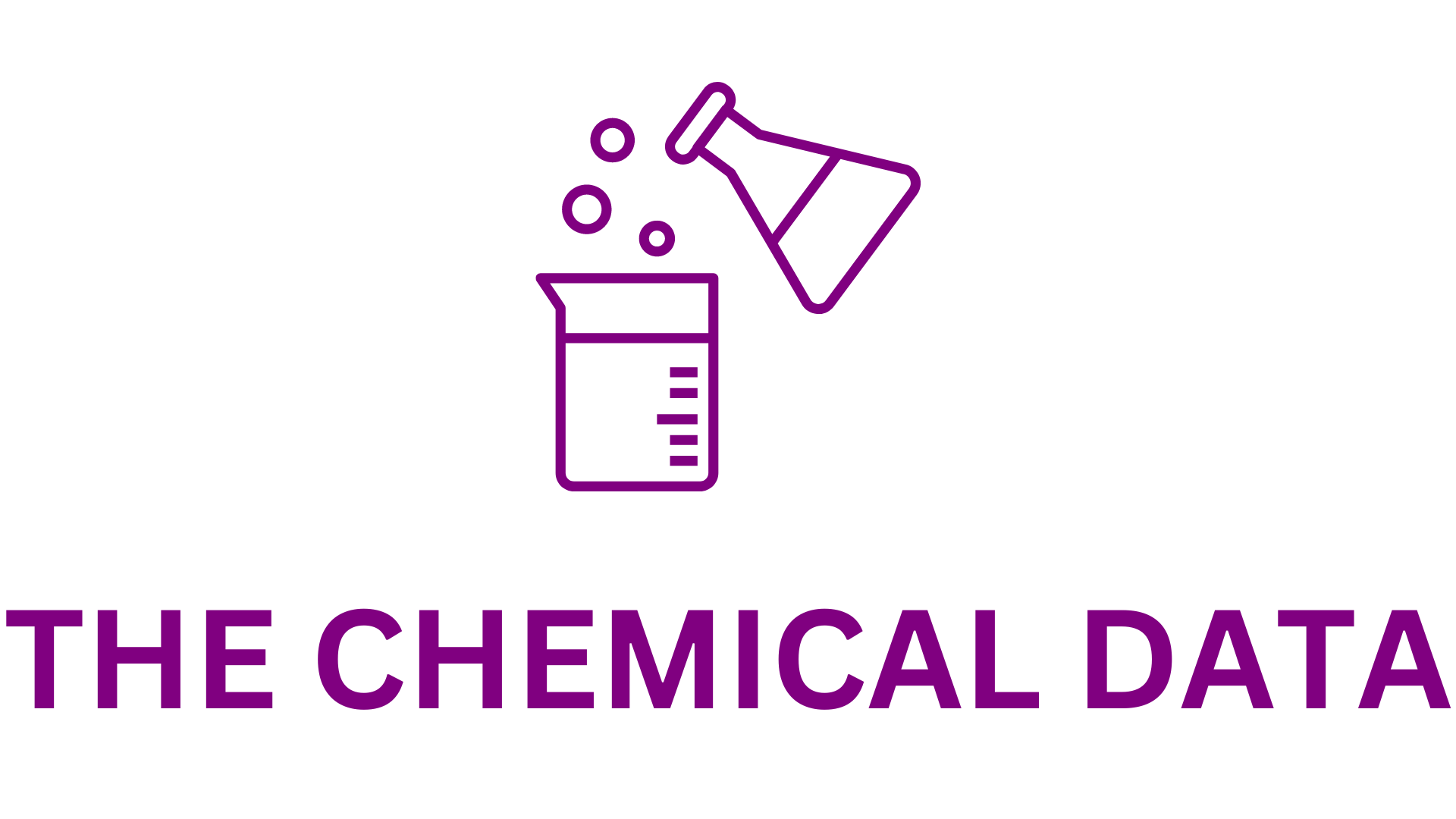
Eastman Reports Third-Quarter 2025 Financial Results
Eastman Chemical Company (NYSE:EMN) today announced its financial results for the third quarter of 2025. The company delivered another solid quarter of cash generation, continued disciplined cost management, and meaningful progress in advancing its circular economy initiatives despite ongoing macroeconomic headwinds.
Eastman generated operating cash flow of $402 million, consistent with the prior-year period, reflecting effective working capital management and a focus on cash generation. The company reduced inventory by approximately $200 million from second-quarter 2025 levels and returned $146 million to shareholders through dividends and share repurchases.
In line with its long-term objectives, Eastman remains on track to reduce its cost structure by more than $75 million, net of inflation, in 2025, with an additional $100 million in reductions expected in 2026. The company also reported continued strong operational performance from its circular economy platform as commercial ramp-up activities accelerate.
Our third-quarter financial results reflect the actions we took to reduce inventory and prioritize cash generation,” said Mark Costa, Board Chair and CEO. “With the weak macroeconomic environment persisting, our focus on cash generation, disciplined capital allocation, and structural cost reduction is more important than ever. As expected, we saw slower order rates due to seasonality and customer inventory adjustments tied to tariff risks and consumer weakness. Despite these pressures, our teams continued to demonstrate commercial excellence, defending both prices and market share. We also made excellent progress in securing new Renew rPET contracts, which set the stage for a significant ramp-up in sales next year.
Costa added, We are taking decisive actions that will drive earnings growth in 2026 and position Eastman for a strong recovery when economic conditions stabilize.
Corporate Results: Third Quarter 2025 vs. Third Quarter 2024
Sales revenue decreased 11 percent, reflecting 10 percent lower sales volume/mix and 1 percent lower selling prices. The decline was driven primarily by weak consumer discretionary markets and customers reducing tariff-related inventory built up earlier in the year. This trend particularly affected the Advanced Materials and Fibers segments.
Earnings Before Interest and Taxes (EBIT) declined mainly due to lower sales volume and reduced asset utilization as the company prioritized cash flow generation. Price-cost remained stable across specialty businesses, though competitive pressures in the Chemical Intermediates segment compressed spreads. While utilization headwinds were slightly greater than expected due to more aggressive inventory management, these effects were partially offset by actions to streamline costs.
Segment Results
Advanced Materials
Sales revenue decreased 7 percent, primarily due to lower sales volume/mix in specialty plastics. Weak demand in high-value consumer markets, coupled with customers leveraging prepositioned inventories to mitigate tariff exposure, weighed on results.
Underlying automotive demand for advanced interlayers was relatively stable and slightly above expectations; however, aftermarket sales in performance films were lower as consumers delayed purchases or shifted to lower-cost alternatives. Despite these trends, Eastman maintained stable pricing through strong commercial discipline.
EBIT for the segment declined due to lower volumes, reduced asset utilization from inventory management actions, and higher energy and tariff-related costs.
Additives & Functional Products
Sales revenue declined 4 percent, with 8 percent lower volume/mix partially offset by 3 percent higher prices. Volume weakness was linked to project timing in heat transfer fluids and soft demand in the building, construction, and auto refinish markets. Higher prices reflected cost pass-through mechanisms in customer contracts.
EBIT was slightly lower year-over-year, as reduced volumes were largely offset by lower manufacturing and maintenance costs.
Fibers
Sales revenue decreased 24 percent, reflecting weaker acetate tow and textiles volumes. Customers continued destocking relative to the prior year, influenced by industry capacity adjustments and persistent weakness in textile demand, particularly in China due to ongoing trade disputes. Additionally, some customers reduced tariff-prepositioned inventories from earlier in 2025.
EBIT declined as a result of lower sales volumes and increased raw material and energy costs.
Chemical Intermediates
Sales revenue fell 16 percent, driven by 8 percent lower volume/mix and 8 percent lower prices. Market weakness in North American building and construction reduced high-margin domestic sales, shifting the mix toward lower-margin exports. Unfavorable commodity fundamentals pressured pricing.
EBIT decreased due to reduced spreads and lower overall volume/mix.
Cash Flow and Capital Allocation
During the third quarter, Eastman generated $402 million in operating cash flow, compared with $396 million in the year-ago quarter. The improvement was primarily driven by $204 million of inventory reduction, reflecting disciplined working capital execution.
The company returned $146 million to shareholders through dividends and share repurchases. Eastman’s priorities for cash deployment remain unchanged: funding capital expenditures, paying the quarterly dividend, and reducing net debt.
2025 Outlook
Looking ahead, Costa noted that the company expects continued macroeconomic softness in the fourth quarter and into early 2026, particularly across consumer discretionary markets such as building and construction, consumer durables, and auto aftermarket.
We anticipate a greater-than-normal seasonal decline in volume as consumers become more cautious and retailers continue to unwind inventories built up earlier in the year,” Costa said. “However, most of that pre-buy inventory should be depleted by year-end, positioning us for a more balanced supply-demand environment going forward.
Despite the near-term challenges, Eastman expects price-cost stability and modest benefits from the ramp-up of the Kingsport methanolysis facility. The company remains focused on controlling costs, optimizing working capital, and delivering strong cash generation.
Eastman reaffirms its target to reduce costs by more than $75 million, net of inflation, in 2025, and to achieve an additional $100 million in structural cost reductions in 2026. Lower planned shutdown expenses and modest asset utilization improvements are expected following the completion of inventory reduction actions in the third quarter.
Based on these factors, Eastman projects full-year 2025 adjusted diluted earnings per share (EPS) between $5.40 and $5.65 and operating cash flow approaching $1 billion.
The company’s EPS outlook excludes any non-core, unusual, or nonrecurring items such as mark-to-market pension adjustments, asset impairments, or restructuring charges, which cannot be reasonably estimated at this time.
Source Link : https://www.businesswire.com/







